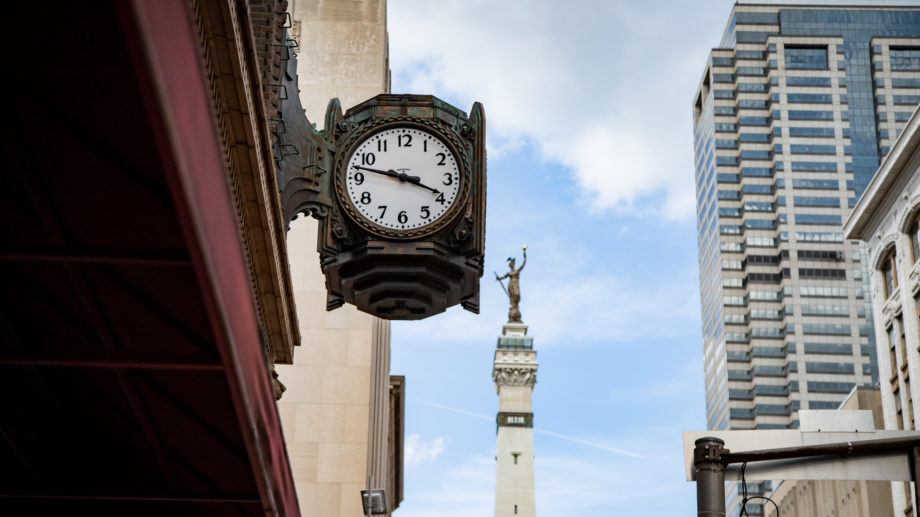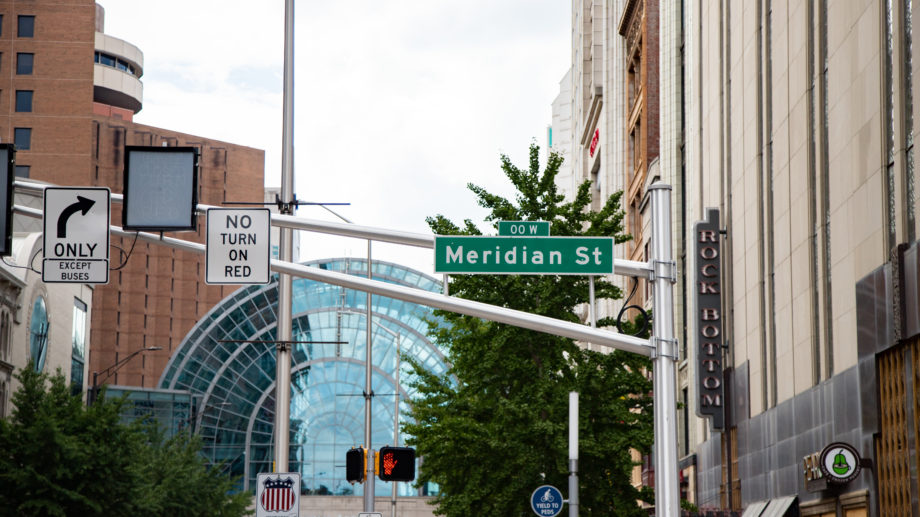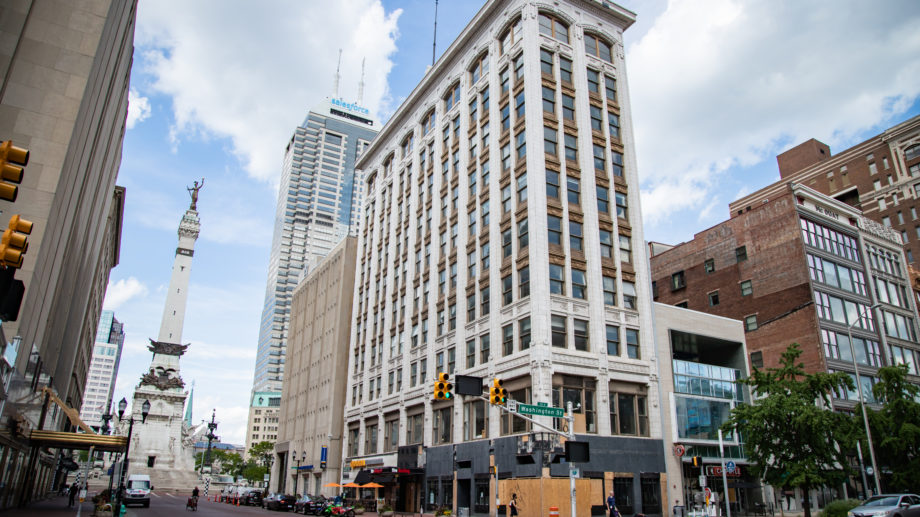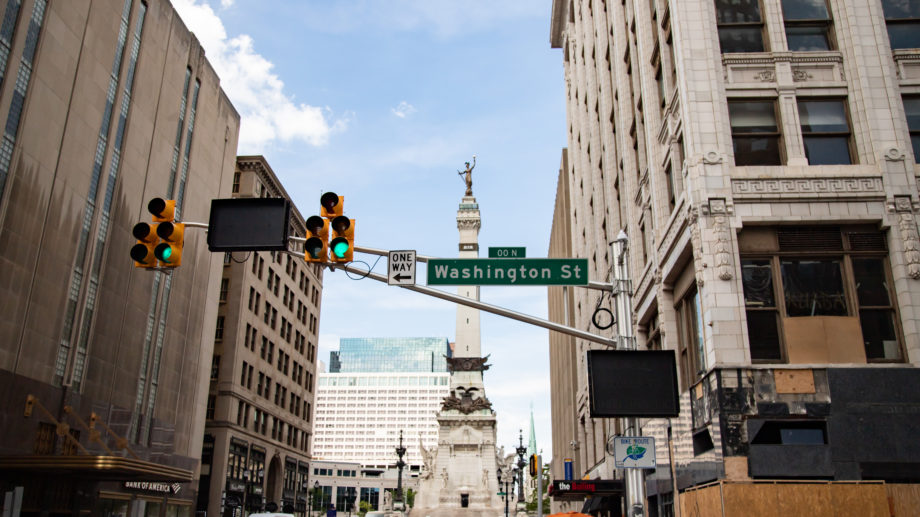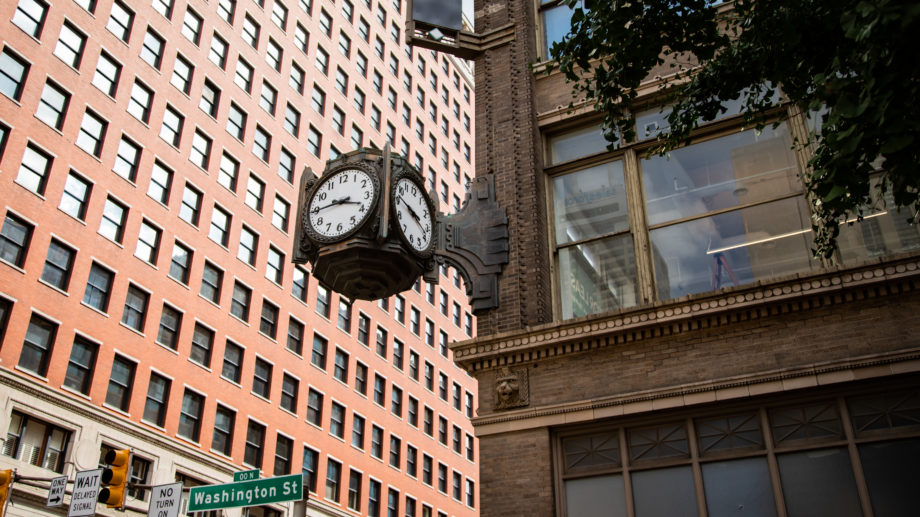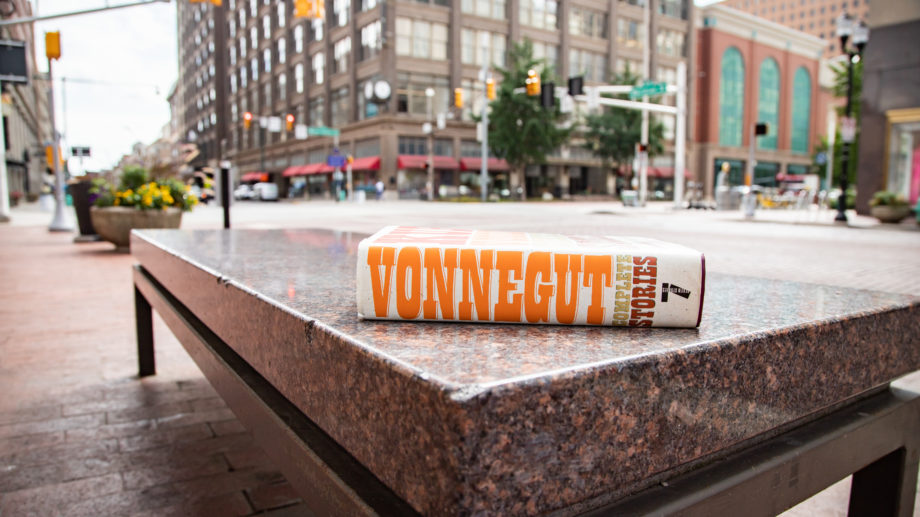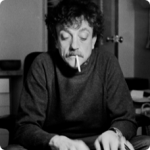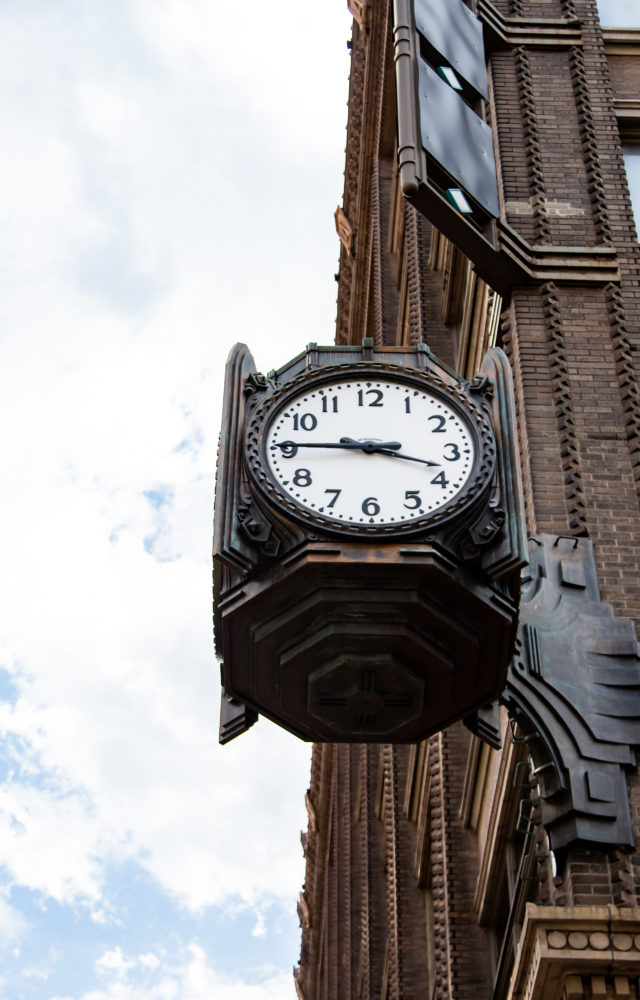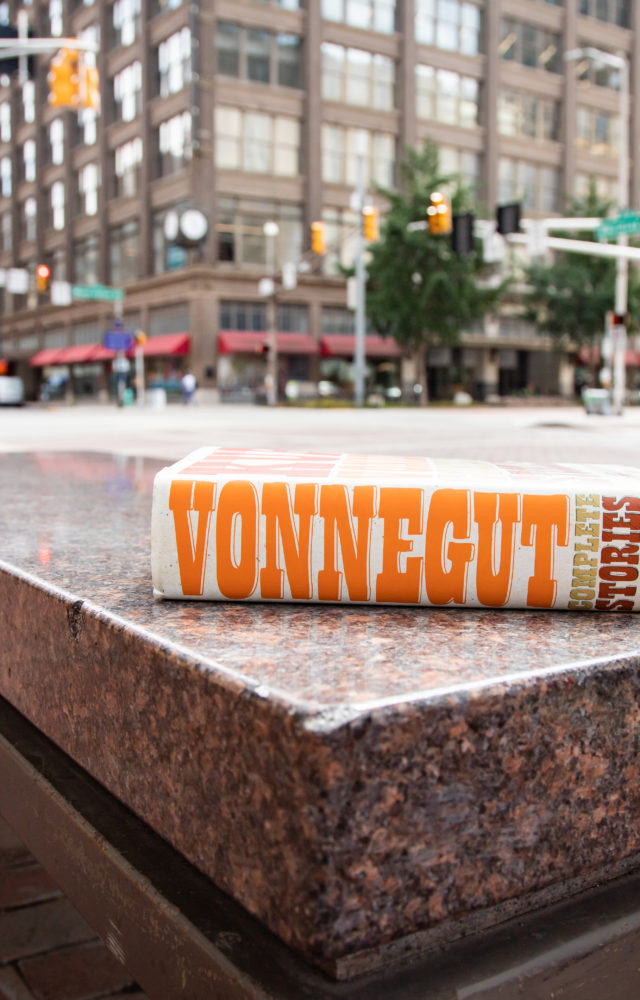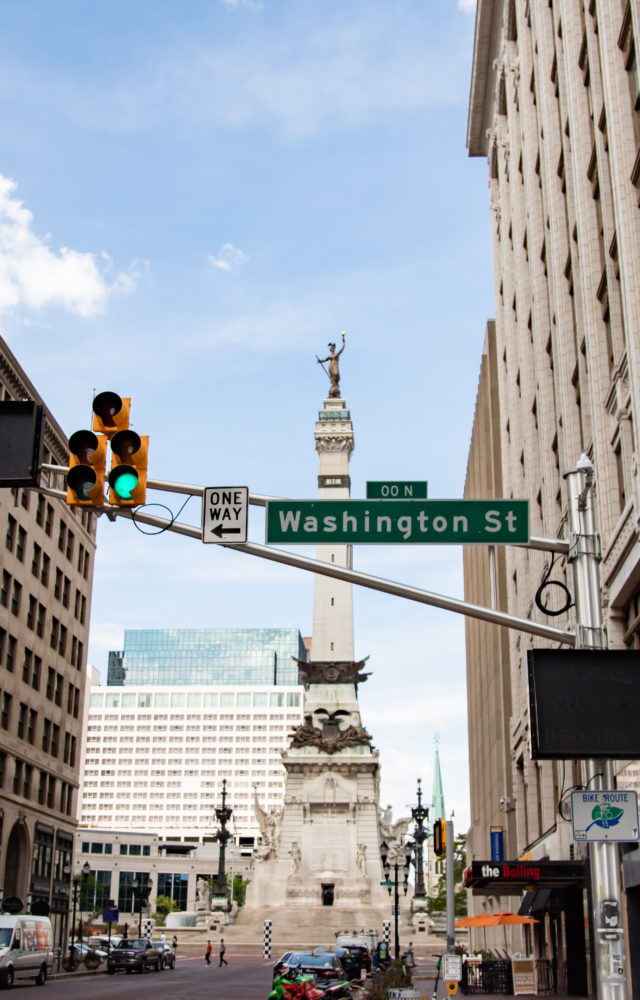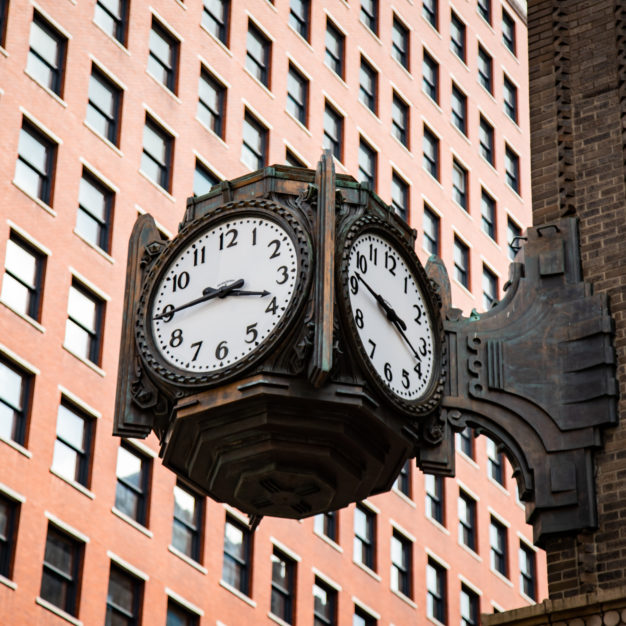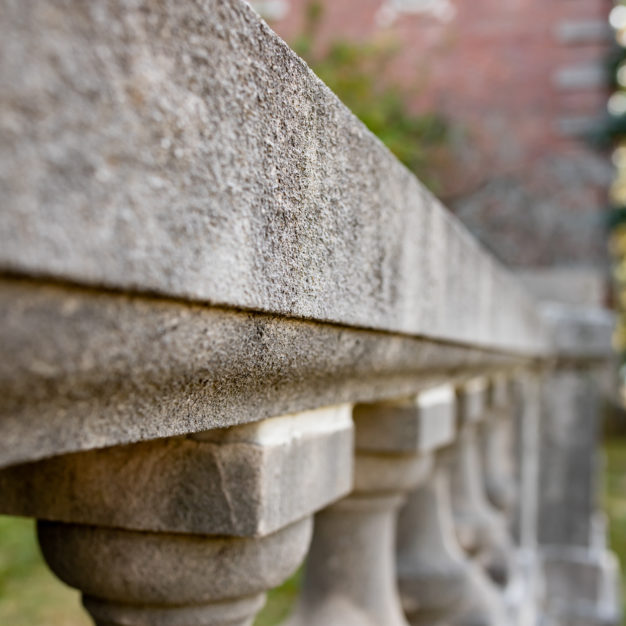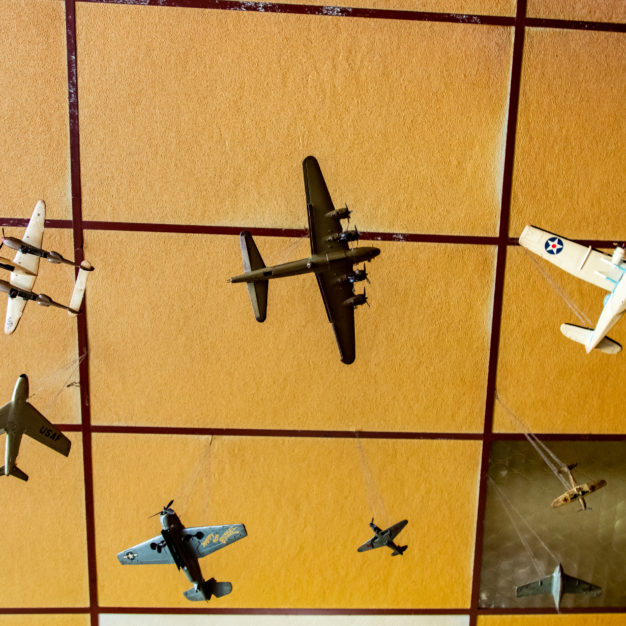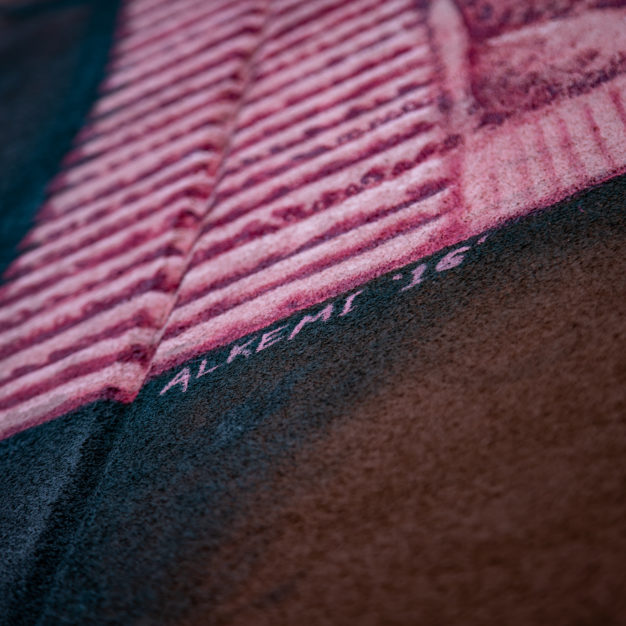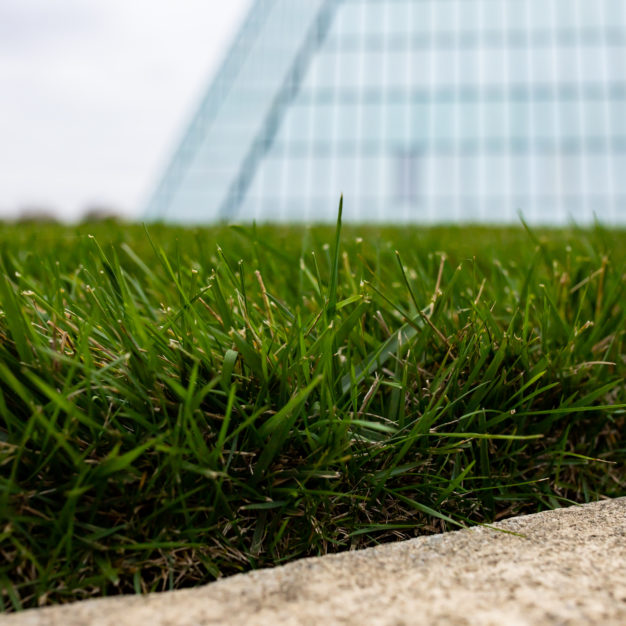Crossroads of America40.028952, -86.047864
In his novel Breakfast of Champions, Kurt Vonnegut recollects a childhood memory of standing at the “Crossroads of America” under the large bronze clock designed by his grandfather.
Author
Kurt Vonnegut
b. 1922 – d. 2007
Literary Inspiration
Breakfast of Champions
Published 1973
Notes
Dig
Deeper
Indianapolis is a place that inspires creativity. This is one of a dozen original pieces of visual and performing art created by Hoosier artists inspired by Bookmark Indy authors.
Xin Ying
Dancer
Xin’s Instagram
Influenced by Kurt Vonnegut’s Breakfast of Champions description of a syphilitic man he witnessed at the Crossroads of America beneath the clock his father designed, dancer Xin Ying’s improvisational dance captures the robotic, glitchy and uncontrollable body language of humans as machines.
CROSSROADS OF AMERICA
Intersection of Meridian Street and Washington Street
Indianapolis, IN 46204
Closest IndyGo Stops:
Carson Transit Center
Washington Street & Illinois Street (Routes 8 & 24)
How to Plan a Trip on IndyGo:
- Use the Trip Planner on IndyGo.net
- Use Google Maps (select “transit” as your travel method)
- Call IndyGo Customer Service at 317-635-3344
- Track your bus using the MyStop Mobile App
Kurt Vonnegut in Indianapolis Tour
May 26, 2021 | 6:00-7:30 p.m. | 1 West Washington Street
Lace up your walking shoes and learn about Indianapolis sites associated with the Vonnegut family. Chris Lafave, curator at the Kurt Vonnegut Museum and Library, will meet you underneath the Ayres clock (designed by Kurt’s father) and guide you through downtown, telling you about the history of the Vonnegut family and their impact on the city. You’ll end up at the Athenaeum (designed by Kurt’s grandfather), where you can purchase drinks and food at the Biergarten. Note that the guided tour is one way only (it does not return to the Ayres clock) and is approximately .8 miles long. Masks required.
Registration required: https://vonneguttour.eventbrite.com
Partner: Kurt Vonnegut Museum and Library
Learn more about Kurt Vonnegut at the Kurt Vonnegut Museum and Library.

